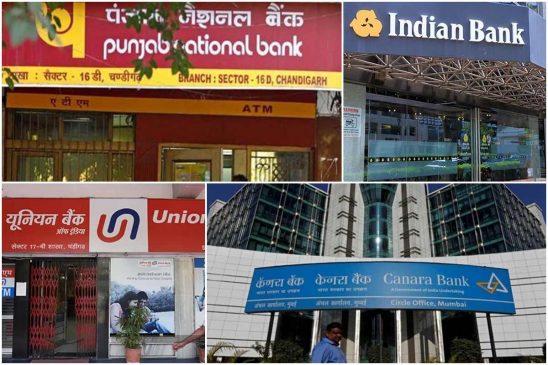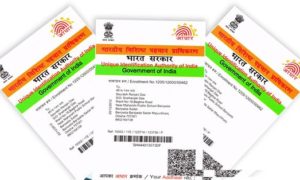Customers must undergo KYC while opening bank accounts or investing in other products.
To ensure consistency throughout the industry and secure the financial system, the Reserve Bank of India (RBI) has made it necessary for customers to update their Know Your Customer (KYC) details on a regular basis. The RBI has also made online KYC updates available for users who have already provided valid documents and whose address has not changed to make this procedure easier. Furthermore, people can now update their KYC information online rather than visiting a bank.
Read More: Digital payments: 7 crucial things to do when your UPI transaction fails
What Is Know Your Customer (KYC)?
Know Your Customer (KYC) is a one-time process in which banks authenticate a customer’s credibility by gathering information about the latter’s identification. Customers must undergo KYC while opening bank accounts or investing in other products.
If your bank sends you an email asking you to update the KYC details associated with your account, take note and strive to do it on time. Banks and other financial institutions are required by RBI guidelines to undertake re-KYC on their customers to guarantee they are not being utilised for unlawful purposes.
KYC must be renewed on a timely basis. The Prevention of Money-Laundering Act (PMLA) of 2002 and the Prevention of Money-Laundering (Maintenance of Records) Rules of 2005 govern this process. According to RBI regulations, banks must routinely update their client information based on their risk profile.
Read More: Udyog Aadhaar: What is Udyog Aadhaar? Why is it useful for MSMEs?
What Does The RBI Have To Say?
According to RBI regulations, banks must notify their customers that an update to their KYC information is required. Account holders can amend their data by submitting their Permanent Account Number (PAN), or any comparable e-document, or Form 60. If you do not supply the required documentation, your account may be temporarily suspended.
You must provide the documentation within 30 days of receiving the bank’s notification. However, according to RBI guidelines, banks may relax this deadline on a case-by-case basis, such as failure due to “injury, illness, or infirmity due to old age,” and so on. All transactions from the account will be halted if the account is stopped. As a result, clients must re-KYC in order to reactivate their accounts.
It is important to note that you are only needed to submit the documents if your KYC has changed. Otherwise, a statement from you saying that there has been no change in KYC is adequate.
Read More: Petrol, Diesel Fresh Prices Announced For October 4: Check Fuel Rates In Your City
Steps On How To Update KYC Online:
Step 1: Log in to your online banking portal.
Step 2: Search for and click on the ‘KYC’ tab.
Step 3: Read and follow the on-screen instructions. Also provide your details, such as name, address, and date of birth.
Step 4: To complete the process, upload scanned copies of PAN, Aadhaar, and other required documents. (Remember to scan both sides of your government ID cards).
Step 5: Once the above process is done, click on ‘Submit’.
Following that, you will be given a service request number, and the bank will keep you updated on the status through SMS or email, as appropriate.
What Are The List Of Documents Required For KYC Updation?
- Aadhaar Card
- Voter Identity Card
- Driving Licence
- PAN Card
- Passport
- National Rural Employment Guarantee Act (NREGA) Card.
You may need to visit a bank branch in some situations to update your KYC documentation. If your KYC documents have expired or are no longer valid, this is normally required. You must bring the documents listed on the list of officially valid documents (OVD) when you visit the bank branch.





































